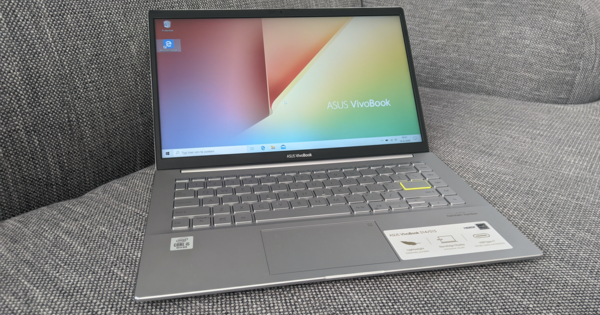A good home network is more than just a few wires in your router and therefore requires a good plan. A move is therefore a perfect time to build a good home network. Even if you already have a network, you might be able to improve a lot.
In fact, hardly anyone is without a home network. Nowadays, all providers usually supply a modem and wireless router in one device with usually four network connections. This is sufficient for very simple use in situations where you hardly have any wired equipment and mainly use WiFi. In practice, you quickly run into the limitations and you can't really call it a full home network. Also read: 20 tips for an optimal home network.
Because how do you quickly connect your PC on the first floor to the Internet and how do you ensure that you also have a fast wireless connection in the attic? For a good and flexible home network you need a good infrastructure, so that you can connect network equipment everywhere in the house. Ideally, you have a double network connection in every room. You can connect devices such as PCs, televisions or media players to this. If you want to properly install a wired network, there is more to it than squeezing a few plugs on a cable that comes out of the wall. "What I always say first: mount it on a socket. A loose cable will break and a plug is susceptible to interference," explains Gijs Voerman, network specialist at Hollander Techniek.
Cables right for wireless
Fixed network connections are not only useful for your wired equipment, your wireless equipment such as smartphones, tablets and laptops benefit from a good infrastructure. You usually have a good signal on your ground floor (where your wireless router is located), but there is little of your network coverage on the first floor or attic. By providing your entire house with network connections, you are also flexible in adding wireless access points and you have good coverage everywhere.
The right cable
Network cables are available in many different types, so without the right information, there is a good chance that you will not purchase the right cable. First of all, cables are divided into different speed categories, which are indicated by Cat with a number after it. You will find Cat 5e, Cat 6, Cat 6a and Cat 7 in stores. The good news is that all of these categories are suitable for the gigabit speed that is most commonly used today. If you do not want to spend too much money, it is best to choose Cat5e cables. The advantage is that the cables are relatively thin and flexible, making them easy to pull through a tube. The disadvantage is that a speed of 1 Gbit/s is the maximum, for a future higher speed you need a better cable. "In any case, you don't have to think about Cat6. These cables, like Cat 5e, are certified up to a speed of 1 gigabit and have the disadvantage that they are thicker and more expensive," says Voerman. If you want to be prepared for the future, you need Cat 6a or Cat 7, both of which are suitable for speeds of up to 10 Gbit/s. Cat 6a is cheaper and, according to Voerman, the right choice for the home.
Firm or flexible
To install your cabling, you buy network cable on a roll where you cut the correct length that you can use in, for example, your wall. Network cables are available with a flexible (stranded) or solid (solid) core. With a solid core the cores consist of one thicker copper wire, while with a flexible cable the cores consist of very thin copper wires. Fortunately, it is not difficult to remember which cable you need: if you are going to fix the cables in your wall or in another way to make a network connection, then choose cables with a solid core. "It is no different than with your electrical installation. Installation wire has been incorporated in the walls, there is no cord in the wall either. You only do the last piece from the socket with a cord."
Buy copper!
So you now know that you need a roll of network cable with a solid core. Be careful, because one cable is not the other despite the designation 5e or 6a. For best performance, the cores in a network cable are made of copper. However, copper is relatively expensive and therefore there are also cables on the market whose cores are made of aluminum or iron sheathed with a thin layer of copper. "There is a lot of junk on the market, so in any case do not buy an unbranded product," warns Gijs Voerman. If you come across the term CCA (Copper Clad Aluminium) or CCS (Copper Clad Steel), it is better to leave the cable in the store.

